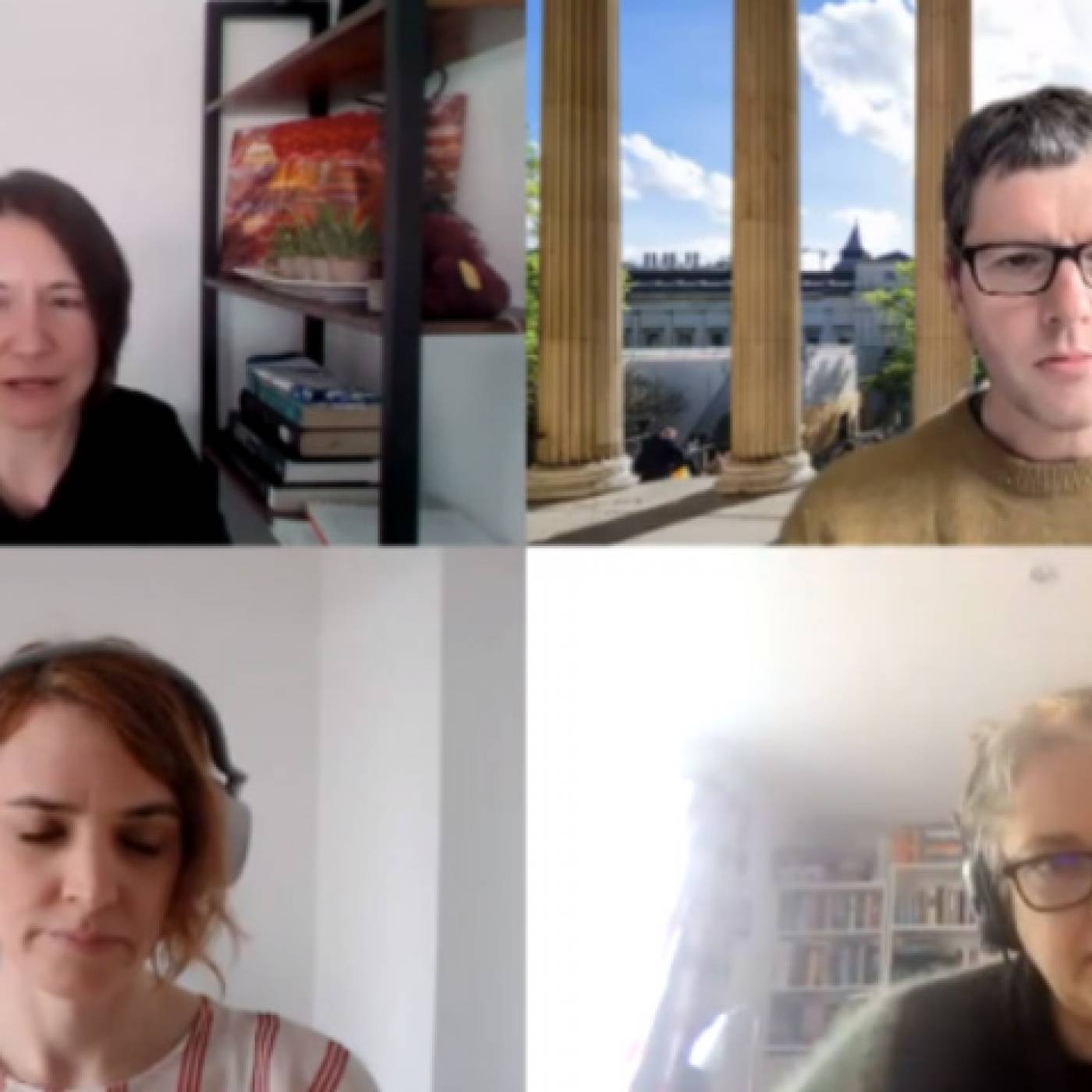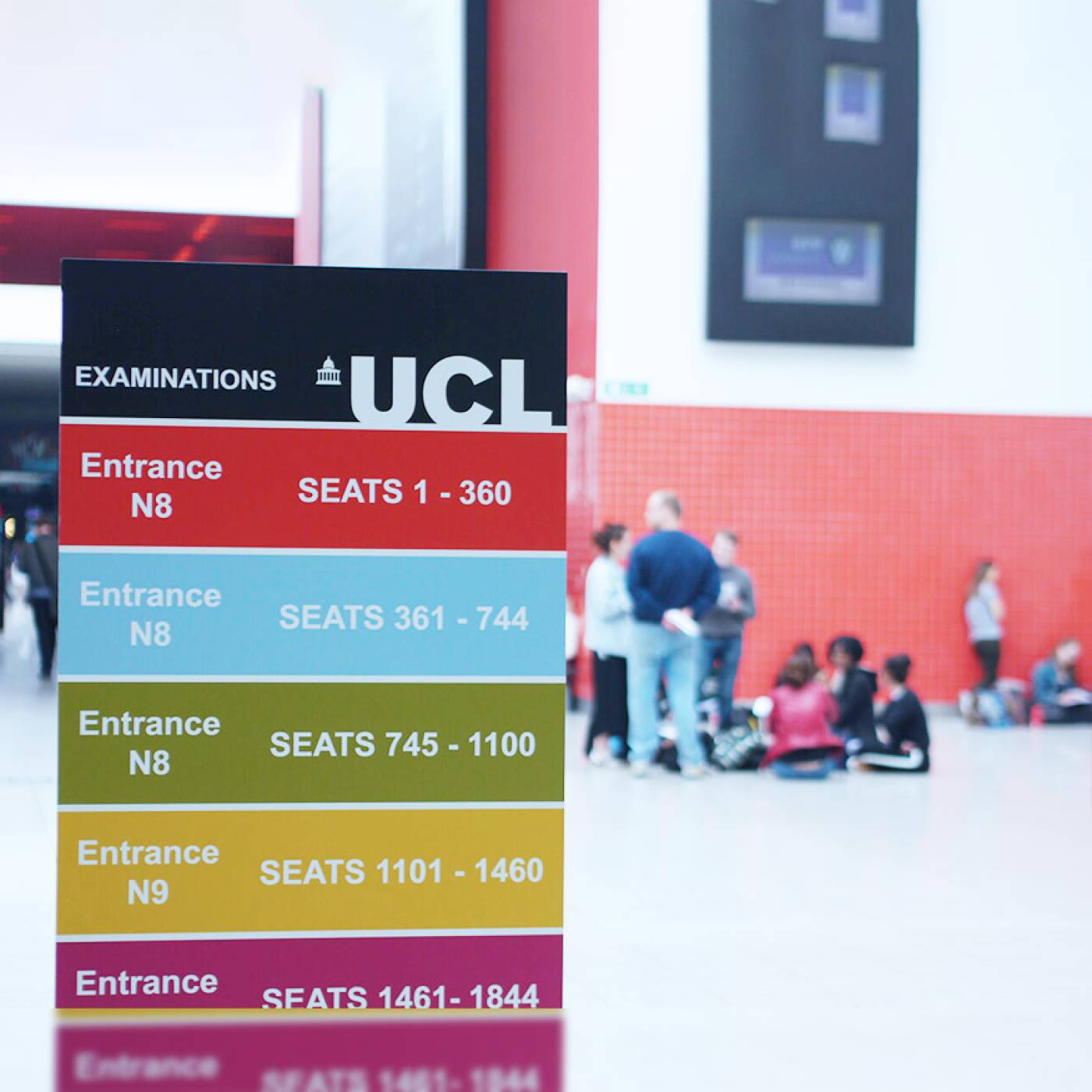Are you interested in exploring how eye-tracking research can improve your teaching?
Eye tracking allows researchers to gain insight into how learners interact with educational materials, such as charts, force diagrams, molecular structures, and mathematical proofs. By tracking the movements of a learner's eyes, researchers can analyse where the learner's attention is focused, how they process visual information, and how they engage with the content. Eye tracking can be thought of as a proxy that together with other tools has the potential to reveal the cognitive processes that underline learning. Overall, eye tracking provides a valuable tool for pedagogical research by allowing researchers to better understand how learners engage with educational materials and to develop more effective teaching strategies that can improve learning outcomes.

A typical eye tracking set-up. The eye tracker is the thin black bar at the bottom of the monitor (Source: Tobii)
MAPS has purchased a Tobii Pro Fusion eye-tracker and a specialist laptop to process the data and enable eye-tracking to take place in remote locations. If you're interested in learning more about how eye-tracking research works in practice and would like to get involved please contact the Faculty Learning Technology Lead, Dr Richard Osborne (r.osborne@ucl.ac.uk)
 Close
Close





